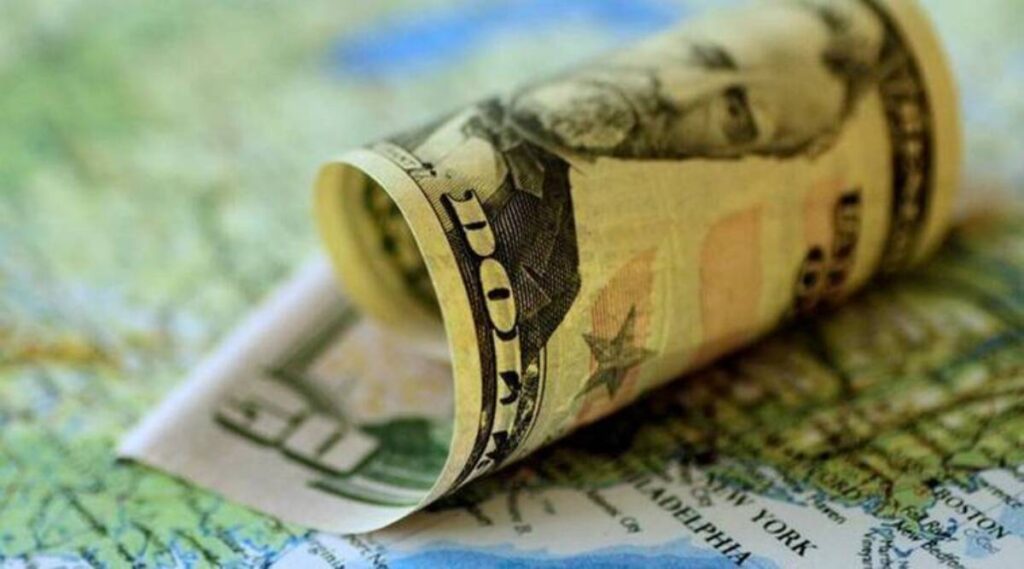Mutual funds invested Rs 155,000 crore since October in the market with investors putting over Rs 10,000 crore through systematic investment plans (SIPs) of MFs every month.
Record outflows of Rs 201,500 crore ($ 26 billion) by foreign portfolio investors (FPIs) since October 2021 have made it the biggest sell-offs in the history of Indian capital market. A major crash in the markets was averted as domestic institutional investors (DIIs), led by mutual funds, pumped Rs 240,250 crore ($ 31 billion) during this period.
Mutual funds invested Rs 155,000 crore since October in the market with investors putting over Rs 10,000 crore through systematic investment plans (SIPs) of MFs every month.
The outflows due to sustained selling by FPIs in the last seven and a half months have even overtaken the previous record sell-off by FPIs when Rs 116,250 crore, or $ 15 billion — at the current exchange rate — was pulled out during the global financial crisis between January 2008 and March 2009.
According to data collated by The Indian Express, when the covid pandemic hit the country in March 2020, FPIs pulled out over Rs 85,250 crore ($ 11 billion) from India. However, markets pulled back and recovered later when the economy recovered from the impact of the Covid pandemic.
“Relatively high valuations in India, rising bond yields in the US, an appreciating dollar and concerns regarding the possibility of a recession in the US triggered by aggressive tightening are factors behind FPI pullout,” said VK Vijayakumar, Chief Investment Strategist at Geojit Financial Services.
When the global economy took a hit, central banks across the world slashed interest rates and announced liberal monetary policies. While this helped the economies to recover and led to higher consumption, the surplus liquidity in the financial system led to a big worry: inflation.
With inflation rising to new levels in major economies like the US and Eurozone, central banks have started tightening the monetary policies and hiking interest rates. In India, inflation surged to an eight-year high of 7.79 per cent in April, prompting the RBI to hike Repo rate by 40 basis points to 4.40 per cent. In fact, inflation has risen to multi-decade heights across several economies. If the US CPI inflation was at around 8.3 in April, the CPI inflation in the UK surged to 7.0 per cent in March, the highest in the data series. Overall, Euro area annual inflation reached a new peak of 7.5 per cent in April primarily driven by energy and followed by food, alcohol and tobacco, said an RBI report. Even among BRICS economies, inflation in China rose to a five-month high of 2.1 per cent in April as supply pressure worsened due to widespread lockdowns.
This has resulted in a sharp sell-off across financial markets worldwide since April. In fact, the Sensex is down 10.5 per cent since April 4, when it closed at 60,611. If the concern then was the pace of unwinding by major central banks, particularly the US Fed, there was concern over the impact inflation and interest rate hikes may have on global growth.

Recently, there were signs of selling exhaustion by FPIs and DII and retail buying is emerging as a strong counter to FPI selling at higher levels, FPIs may continue to sell. If globally markets are stable FPI selling will be easily absorbed by DII plus retail buying,” he said.
With FPIs on a selling spree, the ownership of FPIs in Indian stocks has fallen by around two percentage points in the last two years to 19.5 per cent as of March 2022 based on data reported by NSE500 companies. The rupee has also fallen in the last one year, weighed down by rising inflation, interest rates, exit of foreign investors and plunging markets.
“FPI ownership levels fell below Covid lows at 19.5 per cent on the back of sustained outflows,” Bank of America (BoFA) Securities said in a report.

Source: indianexpress.com

